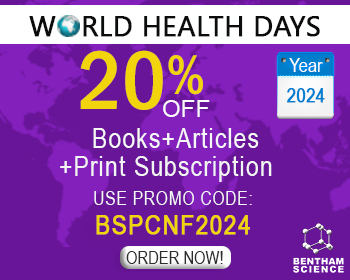Abstract
Over the past three decades nuclear magnetic resonance spectroscopy has been developed into a mature technique for the characterization of interactions of small molecule ligands with their corresponding protein and nucleic acid receptors. In fact, a significant number of industrial and academic laboratories employ NMR for screening small molecule compound collections for binding to defined macromolecular targets, thus potentially providing initial, low affinity hits for a fragment-based approach in the drug discovery process. NMR is also applied to interrogate hits obtained by high throughput screening using biochemical assays and by virtual screening methods, for their ability to physically interact with the target receptor. In favorable cases a variety of NMR-based methods can also provide essential information to validate the hit, rank the different hits according to affinity, and to structurally analyze the ligand-target complex, thus providing essential information for structure-based optimization and medicinal chemistry. In this review a comprehensive overview of the large variety of NMR methods to study interactions between small molecule ligands and macromolecular receptors is provided, summarizing the physico-chemical bases of the different receptor- and ligand-observed experiments. The application of these methods for compound library screening and hit validation, with special emphasis on their contribution to fragment-based drug discovery strategies, is illustrated by recent examples selected from the literature and work in my laboratory.
Keywords: NMR, protein-ligand interaction, fragment screening, fragment-based, library screening, hit, drug discovery, review, Ligand efficiency, high concentration screening, protein-protein interaction surface, chemical shift perturbations, NOESY, nuclear Overhauser effect spectroscopy, rapid analysis and multiplexing of experimentally discriminated uniquely labeled proteins, antagonist-induced dissociation assay, complexation induced changes, NOESY spectra, Solvent exposed amides, SOS-NMR, Structural information using Overhauser effect and Selective labeling, NOE matching, amplifying techniques, STD, LOGSY, bona fide, paramagnetic relaxation enhancement, PRE, SLAPSTIC, spin labels attached to protein sidechains as a tool to identify interacting compounds, NOE pumping, STD saturation transfer difference, saturation transfer double difference (STDD), waterLOGSY, 3-FABS, fluorine atoms for biochemical screening, SOS, SPR, Surface plasmon resonance, TINS, Target-immobilized NMR screening, trNOE, Transferred NOE, TROSY, Transverse relaxation optimized spectroscopy

























